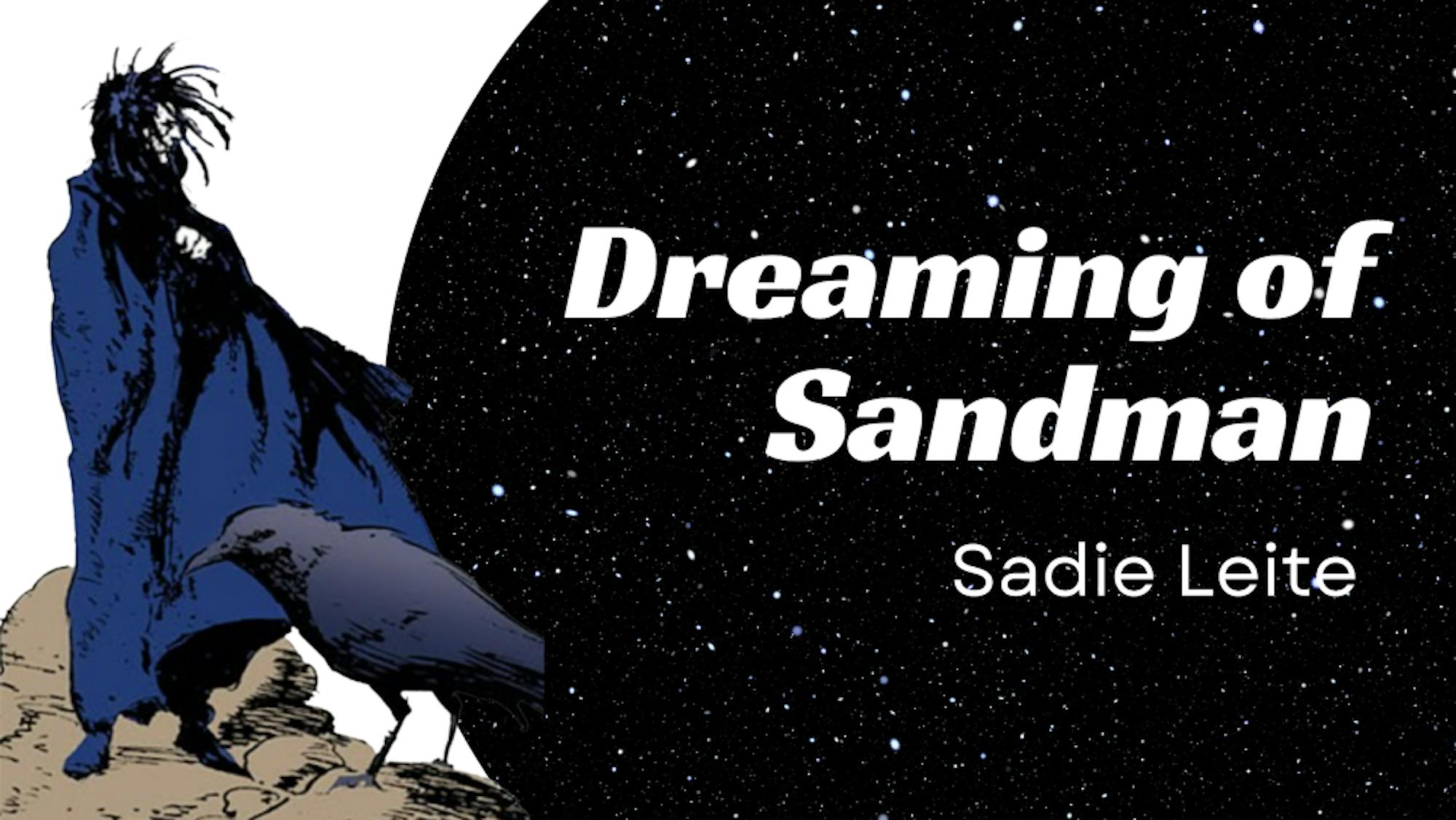Neil Gaiman’s gates of Hell are disturbingly grey against a blood-red sky. They're among the first of many striking images in the fourth volume of “The Sandman” series, “The Sandman: Season of Mists” (1990–91).The comic book medium is effective because stories are told with words and images, and both the writing and art throughout the series are excellent. But in "Season of Mists" in particular, there is much art that stands out.
At the start, the oldest Endless sibling, Destiny,gathers the family,each portrait swallowing half of a page.Death’s is my favorite. Other siblings receive accompanying physical descriptions, but Death only gets four words — “And there is Death” — because her sad but confidently knowing stare in the image already says so much.
Among other breathtaking illustrations, Dream flies through Hell as a butterfly with holes burned in purple wings, the gods of literature stretch in Dream’s hallsand Lucifer watches a beach sunset with the same colors that once framed his gates.
In terms of plot, Dream prepares to fight Lucifer for Nada (the lover he previously condemned to Hell) and instead meets a tired Lucifer who wants to quit guarding Hell. This is such an absurd premise that it works.
Gaiman twists traditional characters with such torque that they become more interesting. Lucifer, king of Hell, cannot resign, but he does, giving Hell’s key to Dream and initiating a debate on purpose and power –– very loudly referencing Milton.For the rest of the volume, Dream decides who should receive Hell’s key.
Gaiman’s interpretation of Lucifer screamed at me because I just finished writing a Milton paper. It demonstrates that good writing references classics. Milton did this too, with Homer and Ovid. Writers are readers.
“Better to reign in Hell, than serve in Heaven,”Lucifer explains. “We didn’t say it. Milton said it. And he was blind.”
Correct. Milton wrote that in one of the best pieces of literature, “Paradise Lost” (1667), while blind, but Milton’s Satan also struggled with purpose.
Gaiman’s Lucifer wonders if his rebellion was just a part of God’s plan, citing this realization as why he lost the passion to keep resisting God and ruling Hell mischievously. He doesn't want humanity’s souls. He’s tired of manipulating demons. He just wants to sit on a beach, maybe.
Is there freedom from God’s plan? Lucifer says to Dream, “Perhaps this is the ultimate freedom … the freedom to leave.”
“Why did God give Hell gates and a key in the first place?,” my Milton professor would ask.
So Dream could sweat over choosing either Odin, the Lord of Order incarnated in the form of a cardboard box, Princess of Chaos Shivering Jemmy or others to take the key.
So Gaiman could make the beings of separated literary worlds interact in Dream's realm.
I can’t say why Hell has gates and a key, and I won’t say who Dream picks because that will (maybe) urge you to finally read "The Sandman."
I will say that Lucifer talks to an Australian about life on a beach at sunset. The image is comical yet impactful. Read it. TELL ME what happens…






